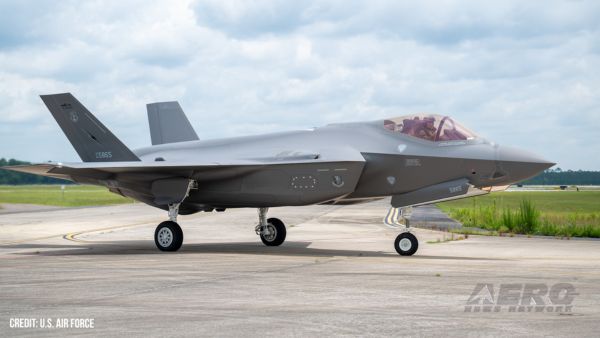Looking For Ideas For Everything From Science Instruments To Long-Duration Life Support
NASA is seeking innovative, early-stage space technology proposals from accredited U.S. universities that will enable NASA's future missions and America's leadership in space. Proposals are sought for science instruments, cryogenic propellant storage for long-duration space exploration, optical coatings for astrophysical pursuits, oxygen recovery for life support systems, and to improve our understanding of and protection from near-Earth asteroids.

Each of these space technology areas requires dramatic improvements over existing capabilities. New early stage, or low technology readiness-level, technologies could mature into tools that solve the hard challenges facing NASA's future scientific and human spaceflight missions. Researchers should propose unique, transformational space technologies that address specific topics found in this solicitation. "Space technology is the underpinning of all of NASA's future missions," said Michael Gazarik, NASA's associate administrator for the Space Technology Mission Directorate in Washington. "NASA's collaboration with the National Research Council and the agency's recent Strategic Space Technology Investment Plan have helped us identify areas where new, cross-cutting space technologies are needed to enable our future missions. Now we're reaching out to American universities to tap into the nation's best and brightest minds to help solve these tough technology problems."
This solicitation requests proposals on five topic areas. The first topic area seeks new instrument technologies for the exploration of planetary bodies within our solar system. Innovative technology advances are needed to support the instruments that scientists will need to better understand the history, climates, evidence of past life and future potential habitability of planets and moons within the solar system. Spaceflight architectures for future human space exploration beyond low-Earth orbit will require technologies and capabilities not available today, such as long duration storage of cryogenic propellants in a zero gravity environment. Under a second topic area for this solicitation, NASA is particularly interested in proposals regarding how to mature fundamental experimental and computational solutions to address the challenges of cryogenic storage of liquid hydrogen.
Through a third topic area for this solicitation, NASA is seeking advances in optics technologies to enable the challenging science measurements that may contribute to the understanding of the first moments of the universe, the characterization of galaxy evolution over time and the characterization of newly found exoplanets. As future exploration missions extend beyond low-Earth orbit, vehicles and extraterrestrial surface habitats housing astronauts will need to be highly reliable and self-sufficient; the opportunity for resupply of consumables diminishes the farther from home you go. The fourth topic area of this solicitation seeks novel technologies that will help close the atmosphere revitalization loop aboard spaceships and surface habitats during long duration space missions. New technologies must have the potential to significantly increase the oxygen recovery rate beyond the current state of the art.
Under a final topic area, NASA is seeking proposals for new technologies to better understand and protect our planet from near-Earth asteroids. Early stage technologies that will help with characterizing, understanding, and planning how to mitigate the threat of near-Earth asteroids are of great interest. These efforts are important for the sustainability and future of our home planet.
NASA expects to make approximately 10 awards this fall, based on the merit of proposals received. Each award will be made for one year with an additional year of research possible. The typical annual award value is expected to be approximately $250,000. Second-year funding will be contingent on the availability of appropriated funds and technical progress. Only accredited U.S. universities may submit proposals to this solicitation. Notices of intent are due by April 29 with proposals due May 21.
 ANN's Daily Aero-Linx (08.27.25)
ANN's Daily Aero-Linx (08.27.25) ANN's Daily Aero-Term (08.27.25): Class C Service
ANN's Daily Aero-Term (08.27.25): Class C Service ANN FAQ: Submit a News Story!
ANN FAQ: Submit a News Story! Airborne-NextGen 08.26.25: Iran UAV Knockoffs, X-37B Spaceplane, Army Training
Airborne-NextGen 08.26.25: Iran UAV Knockoffs, X-37B Spaceplane, Army Training Classic Klyde Morris (08.25.25)
Classic Klyde Morris (08.25.25)



